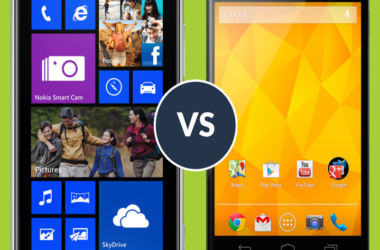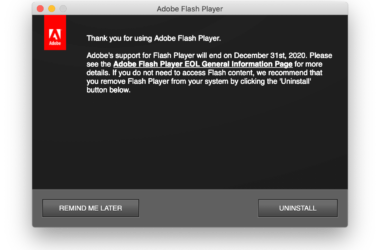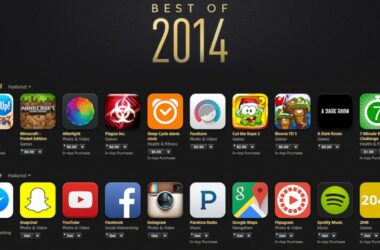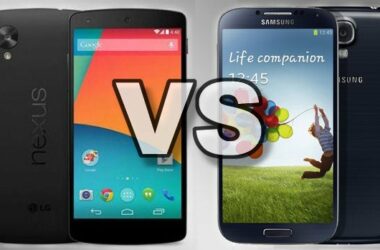If you’re looking for an innovative smartphone, you have a wide range of brands and models to choose from. In this article, we’ve chosen to compare HTC’s Desire 816 with Sony’s Xperia Z1 Compact and Asus’ ZenFone 5 and it’s going to be hard to pick a winner because they’re all very different from each other. The Xperia Z1 Compact has the best camera, but the Desire 816 has the biggest battery capacity.
HTC Desire 816
The Taiwanese corporation HTC, founded in 1997, has become specialized in smartphones and tablets and “Dream” was the first phone made by this company to run Android. But that was long time ago and we’re more interested in the present, so we’re focusing out attention on the Desire 816, which runs on v4.4.2 (KitKat) of the Android platform. This phone is quite big, measuring 156.6×78.7×7.9mm, but it’s not extremely heavy, weighting 165grams. The display is Super LCD2, sized at 5.5inches, supporting a resolution of 720x1280pixels and 267ppi. On top of the Android version, the phone provides its company’s own Sense v6 user interface. The Desire 816 was built to function with a quad-core 1.6GHz Cortex A7 processor, based on a Qualcomm MSM8928 Snapdragon 400 chipset and supports an Adreno 305 GPU. The internal memory is 8GB, but if you add a microSD card, you can get up to 128GB of storage. AS for the RAM capacity, it’s 1.5GB. The back camera is 13MP with autofocus, LED flash, HDR etc., and the front camera is 5MP with video recording capabilities at 1080p. The battery is non-removable at 2600 mAh, which allows a talking time of 21 hours, and the price of this Dual Sim device is 335 dollars.
Sony Xperia Z1 Compact
This model was unveiled exactly one year ago, being one of the first water and dust resistant phones with a shatter proof glass as a protection against scratches. The display is Triluminos IPS LCD, sized at 4.3inches, which is capable of supporting a resolution of 720x1280pixels and 342ppi, but Sony is also using X-Reality Engine for a more attractive viewing experience. The physical sizes of the phone are 127×64.9×9.5mm and it weights 137grams. Under the non-removable Li-Ion 2300mAh battery hides a quad-core 2.2GHz Krait 400 powering up a Qualcomm MSM8974 Snapdragon 800 chipset and which teams up with an Adreno 330 GPU and 2GB of RAM. The internal storage has a capacity of 16GB, but the phone supports microSD card slot for expansion up to 64GB. The initial Android version that this phone runs on is v4.3 (Jelly Bean), but now it operates on v4.4.4 (KitKat). The back camera is flawless, of 20.7MP, with features including autofocus, LED flash, HDR, 1/2.3” sensor size etc., and the front camera is 2MP. This phone costs 412 dollars.
Asus ZenFone 5
The Chinese company released this model in April 2014, being available worldwide. To get familiarized with the Zenfone 5, imagine a phone with a glossy back panel, with the camera placed in the top middle, and under the display there’s a wide metallic strip with three capacitive buttons above it. The display is IPS protected with Corning Gorilla Glass 3, sized at 5inches, supports a resolution of 720x1280pixels and 294ppi and the body dimensions are 148.2×72.8×10.3mm, while the phone weights 145grams. There are two versions of this phone: one that runs on a dual core processor clocked at 2GHz, and another one running on a dual core processor clocked at 1.6GHz, but both variants have an Intel Atom chipset coupled with a PowerVR SGX544MP2 GPU and 2GB of RAM. The internal memory is either 8 or 16GB, but you can expand it up to 64GB. The back camera is 8MP with autofocus, LED flash and geo tagging, while the front camera is 2MP. The battery is non-removable Li-Po 2110mAh and it allows you to talk 18 hours and 30 minutes on 3G. This phone costs 181 dollars on amazon.com.
Related ItemsHTC Desire 816 vs Xperia Z1 Compact vs ZenFone 5








